How Blockchain is Changing the Art Preservation Game Forever
So, let’s talk about something that’s been on my mind lately – the intersection of blockchain technology and art preservation. Honestly, it’s a pretty fascinating topic that many investors, especially those dipping their toes into crypto, might overlook. I mean, we often think of blockchain solely in terms of cryptocurrencies like Bitcoin and Ethereum, right? But the application of this technology can expand so far beyond that. Just recently, Pekao Bank in Poland made headlines by using blockchain to preserve valuable artwork. This isn’t just tech for tech’s sake; it’s reshaping our relationship with art itself!
Key Takeaways:
- Blockchain in Art: Technology safeguards cultural heritage permanently.
- NFTs: Tokenization secures ownership and provenance.
- Digital Preservation: Offers solutions for delicate and ephemeral art.
- Legal Challenges: New regulations needed for NFTs in museums.
- Future of Museums: New practices diversify collections and enhance engagement.
Now, imagine for a second – what if your favorite piece of art could live on forever, not in some stuffy museum but in the ethereal space of the digital realm? That’s essentially what blockchain is enabling us to do. By creating digital representations of artworks, banks and institutions, like Pekao, are committing to preserving cultural heritage against deteriorating climate conditions. They’ve even gone so far as to store these tokenized pieces in an Arctic vault! It’s genius. It’s like a digital time capsule! But is this change purely practical, or are there underlying emotional connections we have with art and history that we might be compromising?
The Digital Rebirth of Art
What I find utterly mind-blowing is how blockchain, with its transparent and immutable characteristics, protects not just the artwork itself but also the ownership records. That means no more shady business when it comes to buying and selling art. Works from renowned artists, like Jan Matejko, are being digitized and tokenized as NFTs, representing a sort of renaissance for artists’ rights and cultural value.
Think about it: by tokenizing, we’re not just preserving the art where they might fade or break—it gives the pieces a chance to maintain their worth and be accessible to a far wider audience. This opens up investing opportunities in the art world for everyone, and you don’t even have to have millions of dollars to get started! That, my friends, is revolutionary.
The Arctic Vault: A Safe Haven
You read that right, an Arctic vault! The Arctic World Archive in Norway is designed for long-term data storage, shielding valuable records from the chaos of cyberattacks and natural disasters. It’s like the ultimate digital bunker—who wouldn’t love their art to be kept in a high-tech, safe environment. Institutions like UNESCO and even the Vatican trust this space to safeguard their cultural narratives. How cool would it be to know that art deserving of eternal life is being stored safely there?
Challenges: The Unforeseen Pitfalls
But, as with most things in life, it’s not all sunshine and rainbows. Yes, blockchain presents some incredible possibilities, but it also raises questions—legal and ethical ones. As institutions begin acquiring NFTs, the issues surrounding ownership rights become a hot topic. Can you imagine spending tons of cash on an NFT only to be hit with a lawsuit about ‘who really owns this digital representation’ a few months later? Yikes!
And let’s not forget that many artworks are inherently delicate or, even worse, ephemeral; they might not endure even in digital form. Although tokenization provides a sturdy platform, preserving the essence and story behind the art is equally crucial.
A New Era for Engagement
Yet, despite the challenges, we’re witnessing a paradigm shift in how we engage with and appreciate art. Museums like the Los Angeles County Museum of Art are collecting digital artwork, broadening perspectives, especially with a special focus on women artists. Sure, digital art is a different medium, but it encourages us to diversify our collections and enrich our understanding of culture.
As more institutions step onto this blockchain bandwagon, we’re seeing discussions that challenge our very definitions of art and authenticity. It’s exhilarating, and I genuinely believe that this will create a richer tapestry of our cultural heritage. Initiatives, like what Pekao Bank is doing with the Arctic vault, ensure that future generations will continue to explore and connect with this art, even in a world that is constantly shifting.
Wrapping It Up
In conclusion, the integration of blockchain in art preservation not only safeguards magical pieces and their stories, but it also redefines how we engage with culture itself. I feel a mix of excitement and hope when I think about the impact this has on future generations, but I also wonder—are we truly prepared for the implications that come with digitizing our cultural heritage? Will this fusion of technology and art distort our emotional connections, or will it deepen our appreciation?
Let’s keep the conversation going and reflect on: How do we ensure that our cultural legacies aren’t just preserved but also appreciated in their digitized forms? I really want to hear your thoughts!

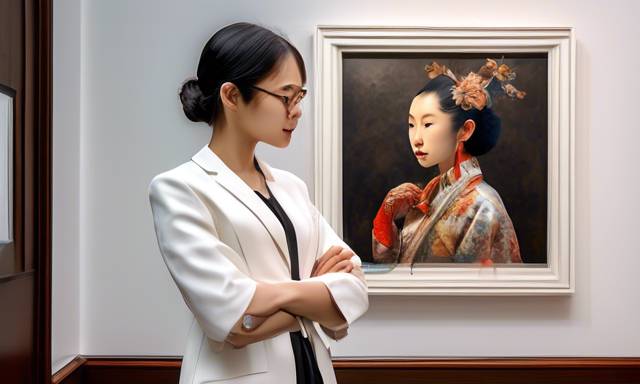
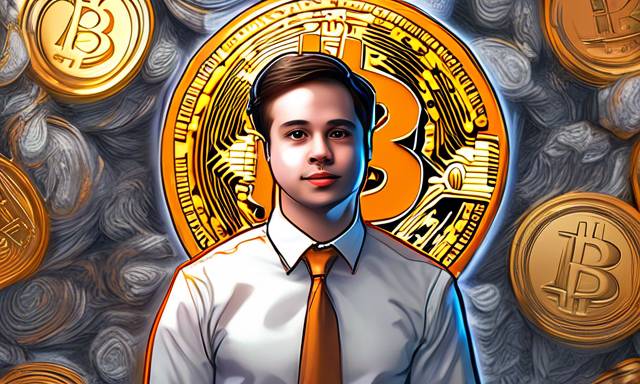
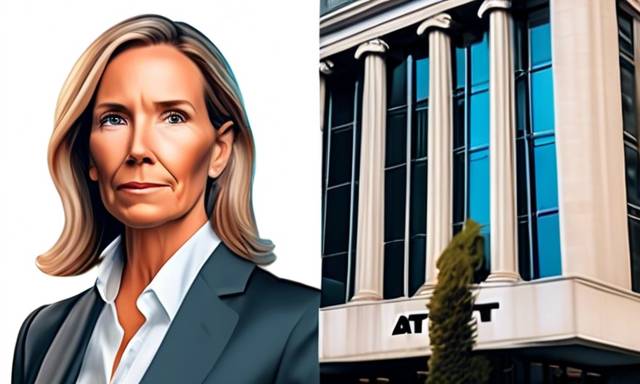

 By
By
 By
By
 By
By
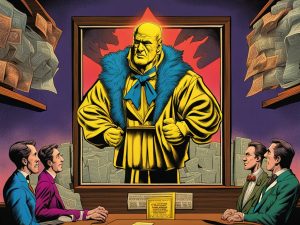
 By
By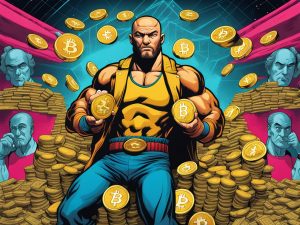
 By
By